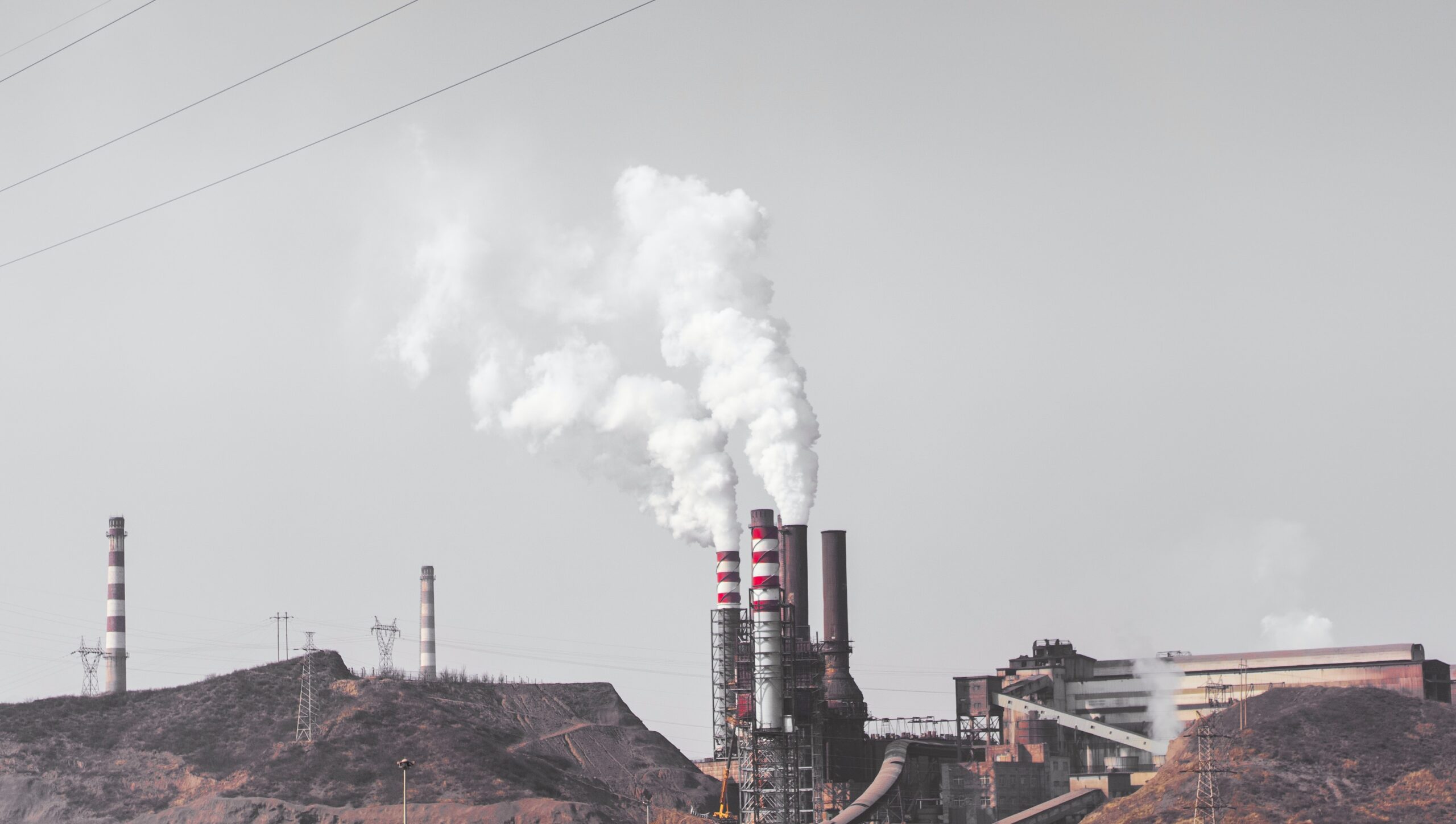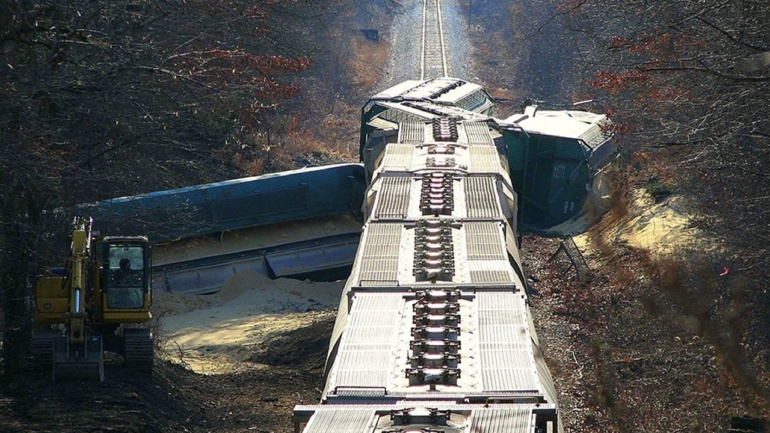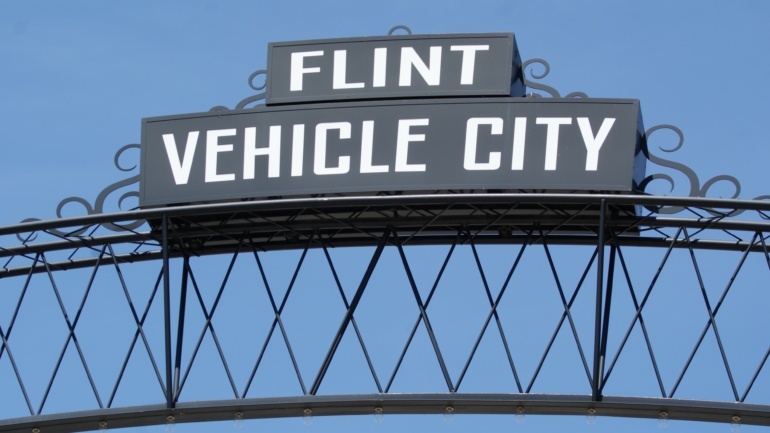By Rachel Porter, Publishing Project Leader for Save The Water™ | May 31, 2019
More than a half a billion pounds of coal ash have hit the road. The hazardous material will travel from Puerto Rico to Florida over the next year. Its final destination? The JED landfill in Osceola County–and possibly Osceola County’s water supply.
The move comes after protests in Puerto Rico erupted over coal ash management practices and local water supply threats. Eventually, the resistance sparked a 2017 law that banned all ash-dumping into the island’s landfills.
Following the 2017 law, Waste Connections, the private United States company that owns the JED landfill, and the Osceola County government made a mutually-beneficial financial agreement. It includes a 2 dollar per ton payment to Osceola County for hosting the “out-of-state” material.1
However, many residence worry the true cost is their clean water. The county government and private company reached the agreement without public hearings or discussion among board members.1,2 Although the Florida Department of Environmental Protection says the coal ash will be “safe, legal and regulated,” the announcement has the community concerned about effects on local water supplies and public health.2
Coal Ash Risks to Water and Public Health
Coal ash is the by-product of coal combustion, or the residue left over when coal is burned to produce energy.
The United States Environmental Protection Agency (EPA) labeled coal ash as “non-hazardous” in 2014. Hazardous waste, on the other hand, is any waste product that harms humans or the environment.T4 However, EPA also recognizes that coal ash contains hazardous contaminants that can be damaging if not managed properly.1
According to the federal Safe Drinking Water Act, contaminants refer to “any physical, chemical, biological or radiological substance or matter in water.”3 Specifically, coal ash contains contaminants such as mercury, cadmium, and arsenic that can cause notable harm to human health.1
Coal power plants store the mixture of waste in coal ash pits or large landfills. The safest of these have impermeable linings, like the Osceola landfill, to prevent contaminants from seeping into the surrounding environment.1
But poor management practices and environmental disasters can still lead to contamination of nearby ground, surface, and drinking water systems.1,2,5 EarthJustice reports that 95% of coal ash ponds in the United States are unlined.6 Extreme weather events can further exacerbate these risks by flooding pits or causing linings to break.
EPA reports that around 65 percent of all coal ash pits fall within 5 miles of public drinking water systems. About 80 percent fall within 5 miles of a drinking water well. Unfortunately, this aspect of coal ash risk disproportionately affects minority and low-income communities.5
The U.S. Commission on Civil Rights reports that 39 percent of people that live within three miles of a coal power plant are people of color, higher than the 36 percent proportion of people of color in the total U.S. population.7
History of Coal Ash and Water Contamination
It is easy to see why the move has sparked criticism from local residents in Florida. According to a 2019 report from the Environmental Integrity Project and EarthJustice, 91 percent of all coal ash plants in the United States contaminate the local groundwater with at least one toxic substance above EPA safe-level standards.5,6
Moreover, two coal ash incidences in the last decade alone have been categorized as “environmental disasters.”5 In Memphis, Tennessee, the TVA Allen Fossil Plant leaked arsenic into groundwater at 350 times standard safety levels. Additionally, lead reached four times standard safety levels. This contaminated groundwater directly connects to the Memphis aquifer that supplies drinking water for thousands of people.8
The other instance took place in North Carolina where a Duke Energy coal ash pond ruptured. In this case, 39,000 tons of coal ash spread into the surrounding communities and up to 70 miles downstream. In the end, Duke energy plead guilty to nine violations of the Clean Water Act.3
Hurricanes and other high-precipitation events further exacerbate threats like these in Florida.
“My concern is hurricane season,” local community member, Douglas Lowe, told the Orlando Sentinel. “I’m afraid if we have another hurricane hit Central Florida we would have this ash disperse across the local area. [The landfill] would be in the direct impact zone.”9
A Back-Door Deal and Industry Secrecy: But Times Are Changing
Osceola County officials continue to assure the public that the landfill is ready for the incoming coal ash. They also maintain that it will not cause any harm to the people or the local environment.
The site that will be hosting the material has held some level of coal ash since it opened in 2004. Experts say that “double-lined” landfills such as this site are the safest way to contain the hazardous material.1
Still, others disagree. Instead, they argue that the “general-use landfill” is not well equipped for the incoming waste.9
Moreover, some residence are asking why, if the disposal is completely safe, was the agreement made behind closed doors.
The deal was added as a last minute addendum to a public hearing agenda, approved “in-bulk” and without discussion along with 35 other items.
This secrecy appears as a common theme in the coal ash industry. EarthJustice, the non-profit that released the 2019 report of coal ash plants, described the industry’s disclosure of data as intentionally difficult to understand and in “non-standard formats.”6
Moreover, despite requirements that the industry make information publicly accessible, some plants hide findings behind sign-in pages and put data where it is hard to find. Many fail to release the required data at all.6
But now, people across the state are speaking out against the decision. And protestors line the highways as the coal ash shipments travel to their new home.2
As a result of the public outcry, the Osceola County government has sent a letter to Waste Connections, asking the company to cancel the shipments. However, the county has “no authority” to halt the deal. Waste Connections has not made their response public.2
Solutions to Coal Ash Contamination: Electroflocculation
Back in Osceola County, community members are hoping they don’t become another number on a list of data.2 But should coal ash at the JED landfill affect their water supply, there are methods to protect the community from the health effects of contamination.
The frontrunner in this race is electroflocculation. This technology uses electricity to remove a large range of harmful pollutants from water. These include contaminants such as chemicals, heavy metals, and viruses, just to name a few. Electroflocculation provides safe, financially-feasible treatment for water affected by coal ash spills. You can read more about electroflocculation and its multiple uses here.8
Save the Water™ is an active contributor to water treatment research and development, including its electroflocculation technology, eFLOC™. All technologies by Save the Water™meet U.S. Drinking Water Standards and are available for licensing. If you would like to learn more about licensing you can contact STW™ here. Or you can donate to to the organization and its research here.
References
- Rachel Christian. May 3, 2019. “Dumped: 650M pounds of coal ash coming to Osceola landfill.” Osceola News-Gazette. http://www.aroundosceola.com/news/dumped-m-pounds-of-coal-ash-coming-to-osceola-landfill/article_2e2ed830-6da1-11e9-997f-5fd99adc8dce.html
- Rachel Christian. May 20, 2019. “Protesters speak out about coal ash dumping at Osceola landfill.” Osceola News-Gazette. http://www.aroundosceola.com/news/protesters-speak-out-about-coal-ash-dumping-at-osceola-landfill/article_471a079e-7b24-11e9-968a-0f5463ddb886.html
- US EPA. “Definition of ‘Contaminant.’” https://www.epa.gov/ccl/definition-contaminant
- US EPA. “Learn the Basics of Hazardous Waste.” Hazardous Waste. https://www.epa.gov/hw/learn-basics-hazardous-waste
- Tatiana Schlossberg. May 22, 2019. “For a Texas Ranching Family, Toxic Coal Ash Pollution Hits Home.” YaleEnvironment360. https://e360.yale.edu/features/for-a-texas-ranching-family-toxic-coal-ash-pollution-hits-home
- EarthJustice. March 4, 2019. “Mapping the Coal Ash Contamination.” https://earthjustice.org/features/map-coal-ash-contaminated-sites
- U.S. Commission on Civil Rights. September 2016. “Environmental Justice: Examining the Environmental Protection Agency’s Compliance and Enforcement of Title VI and Executive Order 12,898.” https://www.usccr.gov/pubs/2016/Statutory_Enforcement_Report2016.pdf
- Environmental Integrity Project. March 4, 2019. “First Comprehensive, National Study of Coal Ash Pollution Finds Widespread Groundwater Contamination.” http://www.environmentalintegrity.org/news/first-comprehensive-national-study-of-coal-ash-pollution-finds-widespread-groundwater-contamination/
- Kevin Spear. May 13, 2019. “Osceola County landfill takes in coal ash from Puerto Rico, triggering public backlash.” Orlando Sentinel. https://www.orlandosentinel.com/news/os-ne-coal-ash-puerto-rico-osceola-dump-20190513-244f6cnrqrbmjkglnfospnqydq-story.html
- April Day. September 9, 2018. “Electroflocculation: What is it? A Way to Treat Water with Few Chemicals.” Save the Water™. https://savethewater.org/2018/09/09/electroflocculation-cheap-safe-and-effective-way-to-treat-polluted-water/





